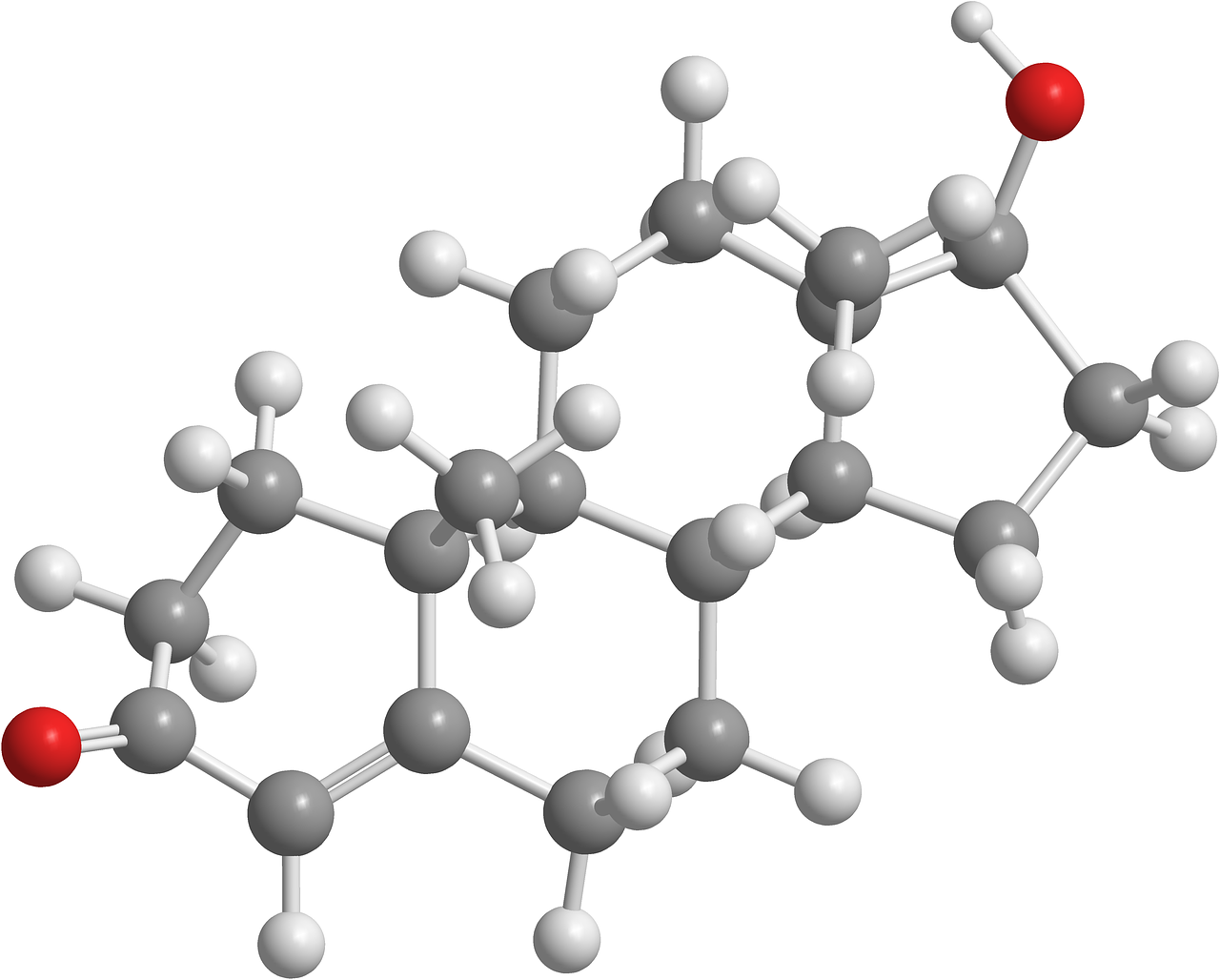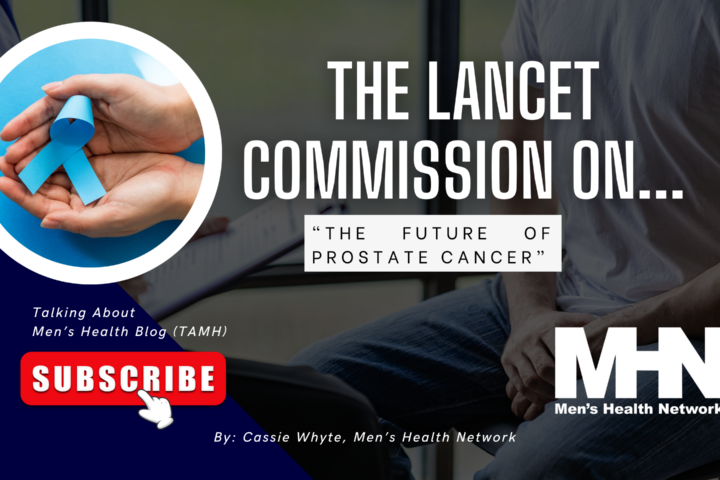I think we all agree that the wheel and the light bulb were good inventions for mankind. We can argue whether Nobel’s development of gunpowder or the creation of alcohol from honey, rice and fruit during the Stone Age were equally important advances. So goes the story of human progress.
Cookie Cutter Medicine
There was important progress made recently on another front that happens to be in my field of purview: managing men with low testosterone levels. Previously, the evaluation of low testosterone in all men, young and old, and regardless of cause, has been cookie-cutter identical. New guidelines now offered by our national urology society offer a refreshing change and I recently explained them in detail to urologists at a board certification review course.
Simpler Care
The changes recommended in the newest testosterone guidelines are simple and significant and I believe represent an advance in the field. Here they are in full glory:
- They now involve figuring out why the testosterone is low, which is good because making a correct diagnosis usually leads to the best medicine.
- They downplay the use of complex and hard to measure free or unbound testosteronelevels in decision making, which greatly simplifies things.
- They incorporate cardiovascular riskand lifestyle management in treating low testosterone levels, which is certainly more holistic care than before.
- Since testosterone is a robust contraceptive, the new guidelines suggest using fertility-preserving approachesin those who want to maintain their fertility.
- They incorporate suggestions for assessing prostate cancer riskthat is a concern with testosterone treatment.
Funny thing is, given my two-plus decades of managing lots of young men with low testosterone, these newer guidelines are a natural extension of what I have been doing all along. If you think about it, there’s almost 50 years of additional care that goes into managing a 30 year old with low testosterone compared to a 75 year old. Because of this and the fact that the needs of men vary with age, testosterone care needs to be personalized, convenient and have as few side effects as possible. Clinicians need to be sure that testosterone is truly needed and that it will benefit the patient. We must then develop simple treatment regimens that improve quality of life rather than complex regimens that impair it. When it comes to the care of men with low testosterone levels, we need to abide by Einstein’s view of simplicity as “the achievement of maximum effect with minimal means.”
This article first appeared on Dr. Turek’s blog.




